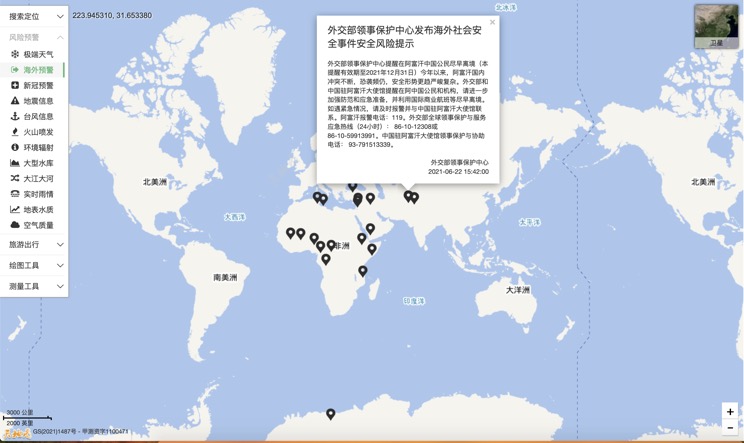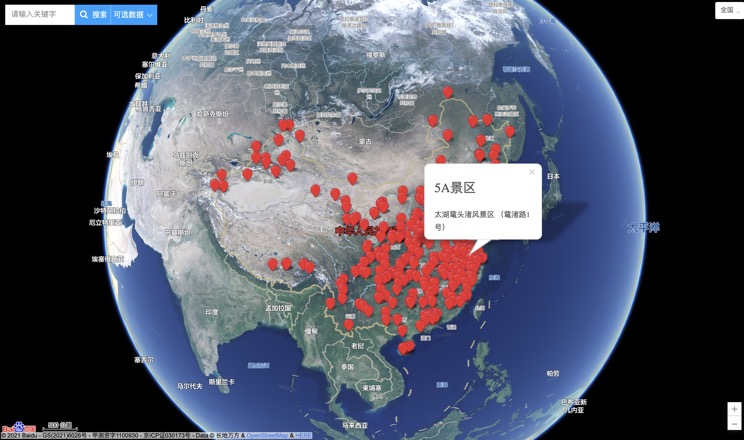Xinjiang (XUAR) (Uyghur: شىنجاڭ, ULY: Shinjang; Mandarin pronunciation: [ɕíntɕjɑ́ŋ]; Chinese: 新疆; pinyin: Xīnjiāng; Wade–Giles: Hsin1-chiang1; Postal map spelling: Sinkiang) is an autonomous region (Xinjiang Uyghur Autonomous Region) of the People's Republic of China, located in the northwest of the country. It is the largest Chinese administrative division and spans over 1.6 million km2. Xinjiang borders Russia, Mongolia, Kazakhstan, Kyrgyzstan, Tajikistan, Afghanistan, Pakistan and India, has abundant oil reserves and is China's largest natural gas-producing region.
Xinjiang
Chinese name
Chinese 新疆
[show]Transcriptions
Xinjiang Uyghur Autonomous Region
Traditional Chinese 新疆維吾爾自治區
Simplified Chinese 新疆维吾尔自治区
[show]Transcriptions
Uyghur name
Uyghur
شىنجاڭ ئۇيغۇر ئاپتونوم رايونى
[show]Transcriptions
It is home to a number of different ethnic groups including the Uyghur, Han, Kazakh, Hui, Kyrgyz, and Mongol, with majority of the population adhering to Islam. More than a dozen autonomous prefectures and counties for minorities are located in Xinjiang. Older English-language reference works often refer to the area as Chinese Turkestan, Sinkiang, and East Turkestan. Xinjiang is divided into the Dzungarian Basin in the north and the Tarim Basin in the south by a mountain range. Only about 4.3% of Xinjiang's land area is fit for human habitation.
With a documented history of at least 2,500 years, a succession of peoples and empires has vied for control over all or parts of this territory. Prior to the 21st century, all or part of the region has been ruled, controlled, influenced at times by the Tocharians, Yuezhi, Xiongnu Empire, Kushan Empire, Han Empire, Former Liang, Former Qin, Later Liang, Western Liáng, Tang Dynasty, Uyghur Khaganate, Kara-Khanid Khanate, Mongol Empire (Yuan Dynasty), Dzungar Khanate, Qing Dynasty, the Republic of China, and, since 1950, the People's Republic of China.
Extreme weather in China

China Earthquake Information

Volcano eruption

Environmental Radiation in China

Overseas Warning

China's air quality

China's Water Disaster Alert

China Weather Forecast

Introduction to Countries

China Subway Lines

China's 5A Scenic Spots

Provincial Capitals in China
